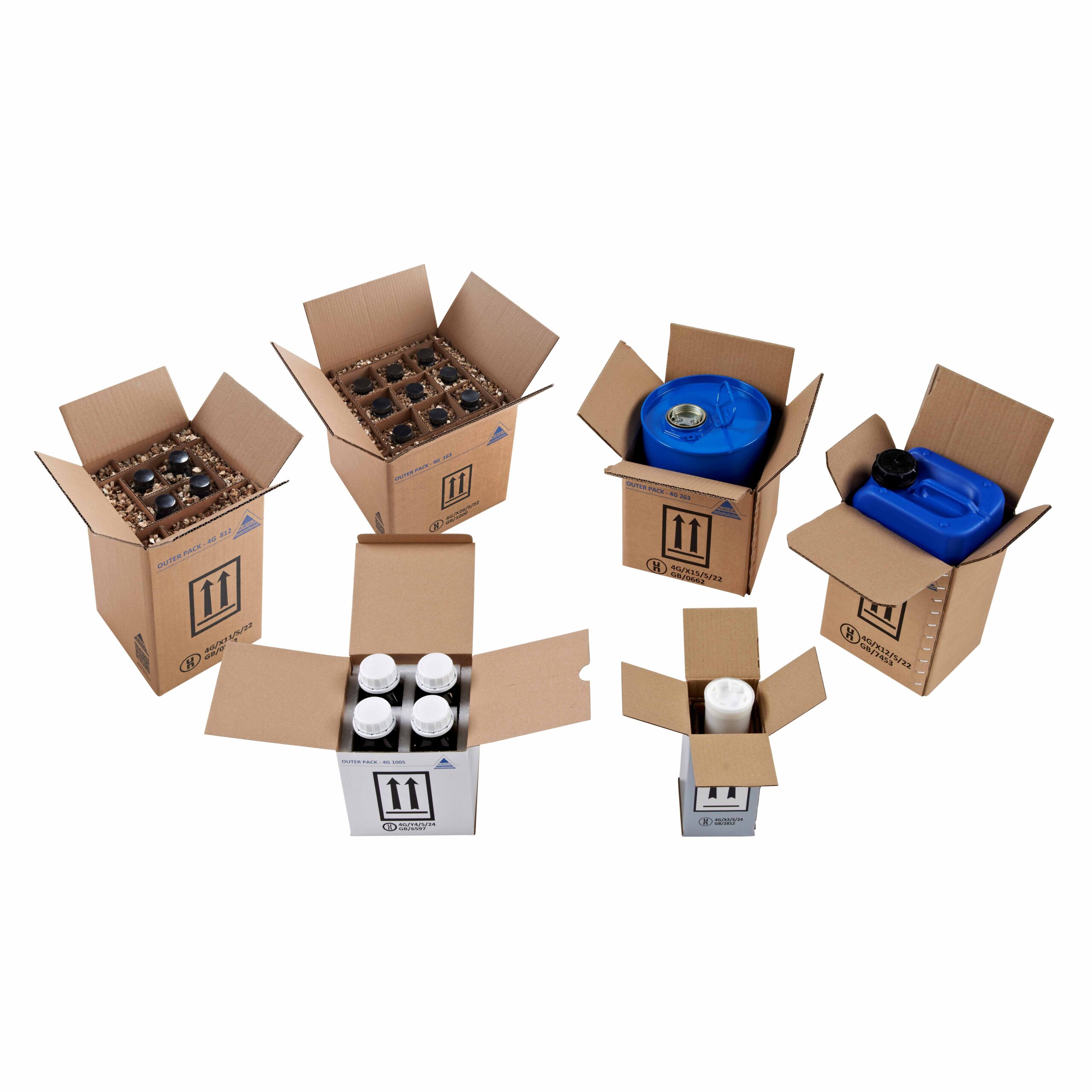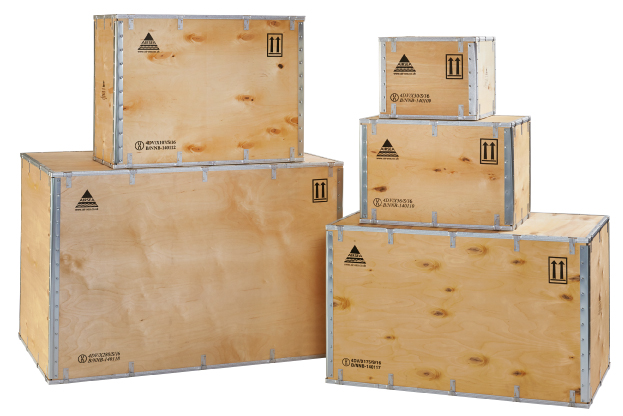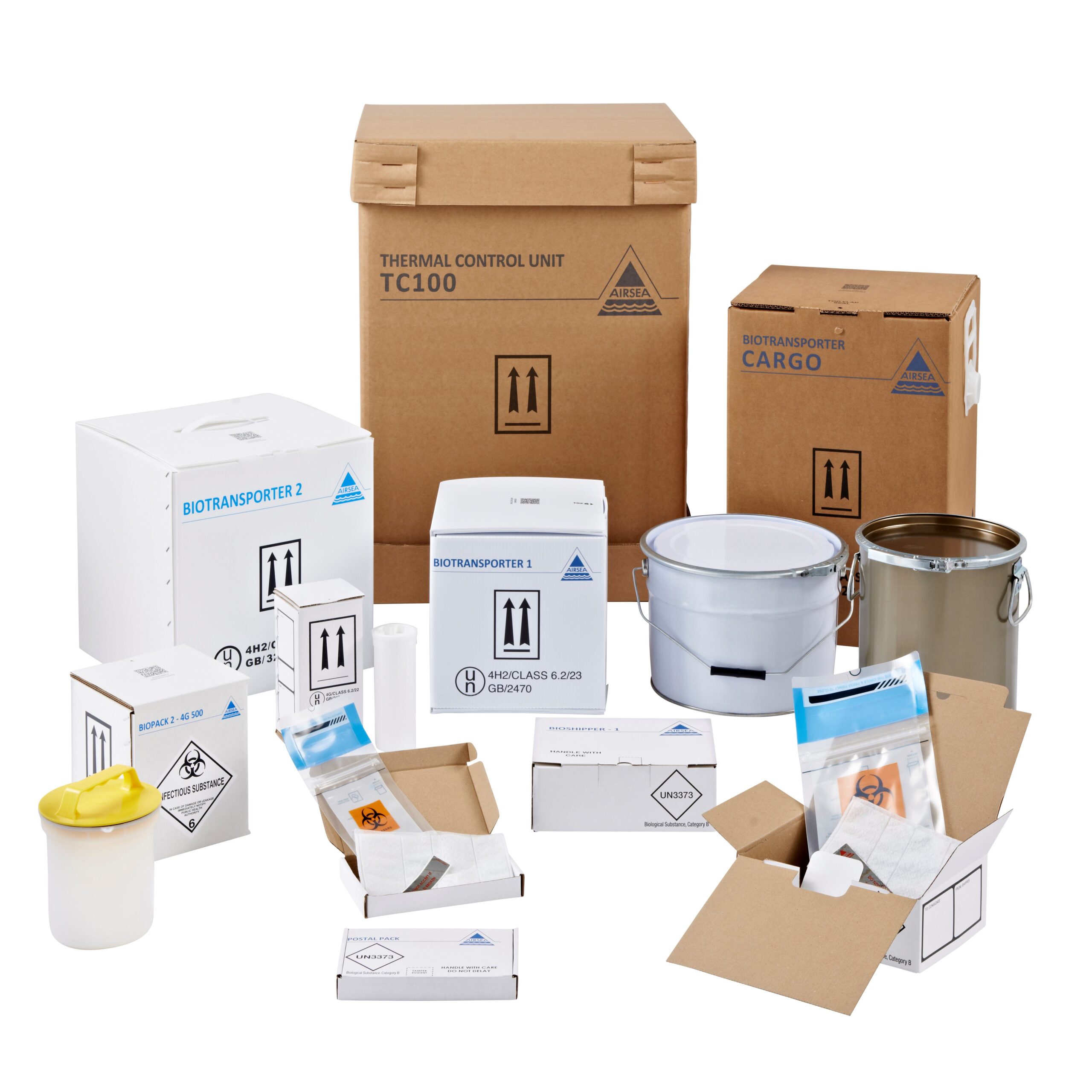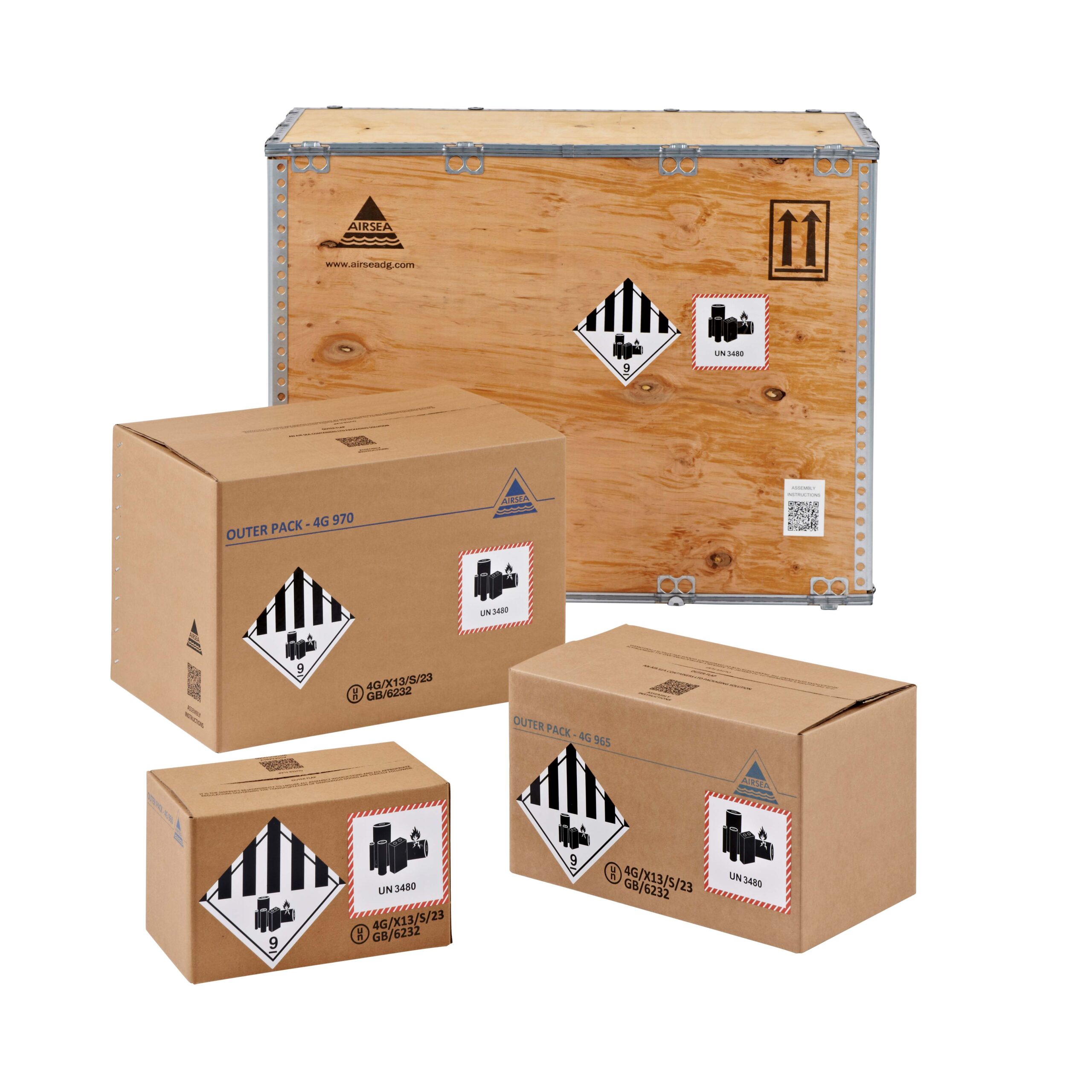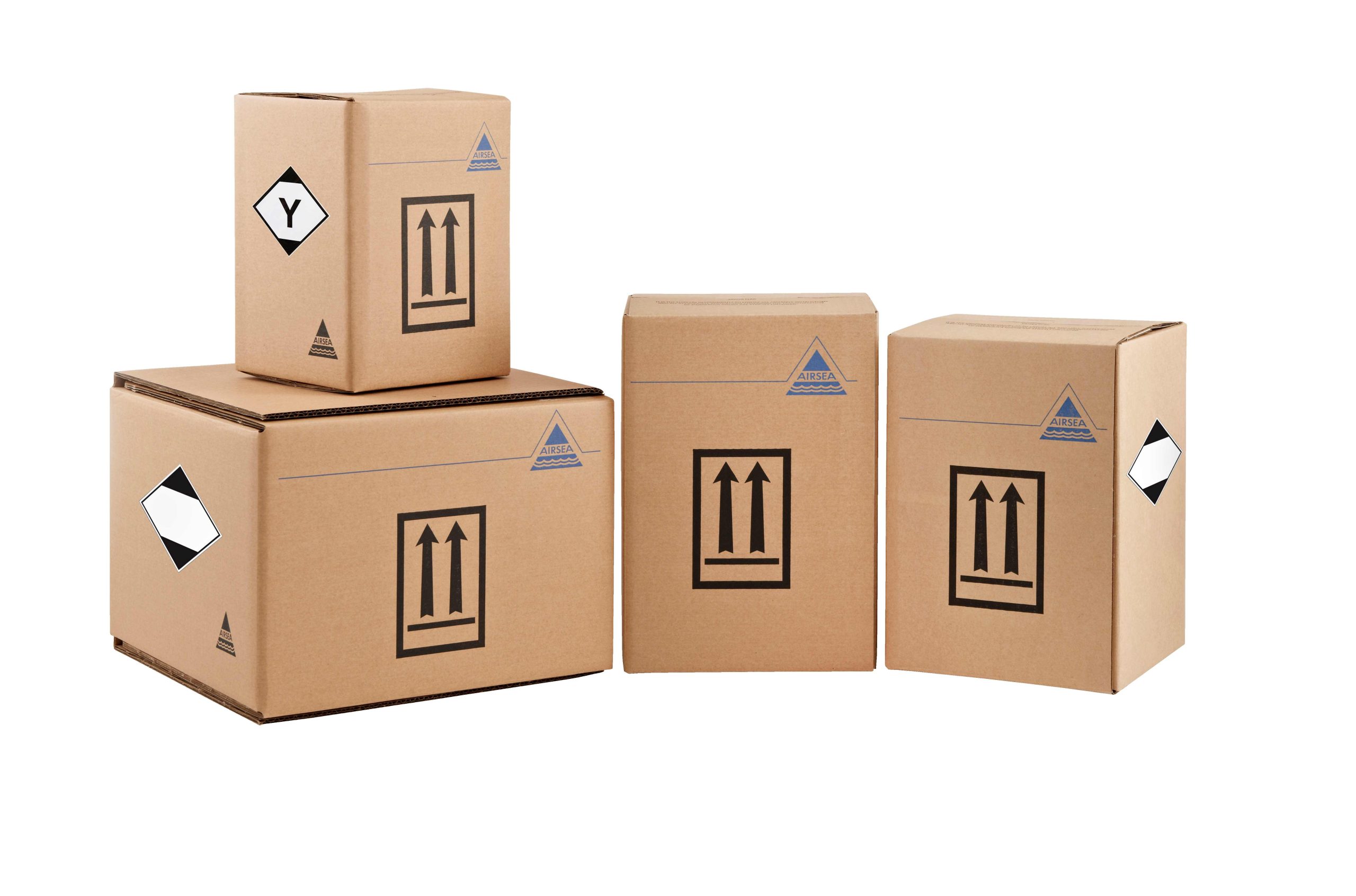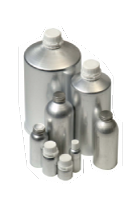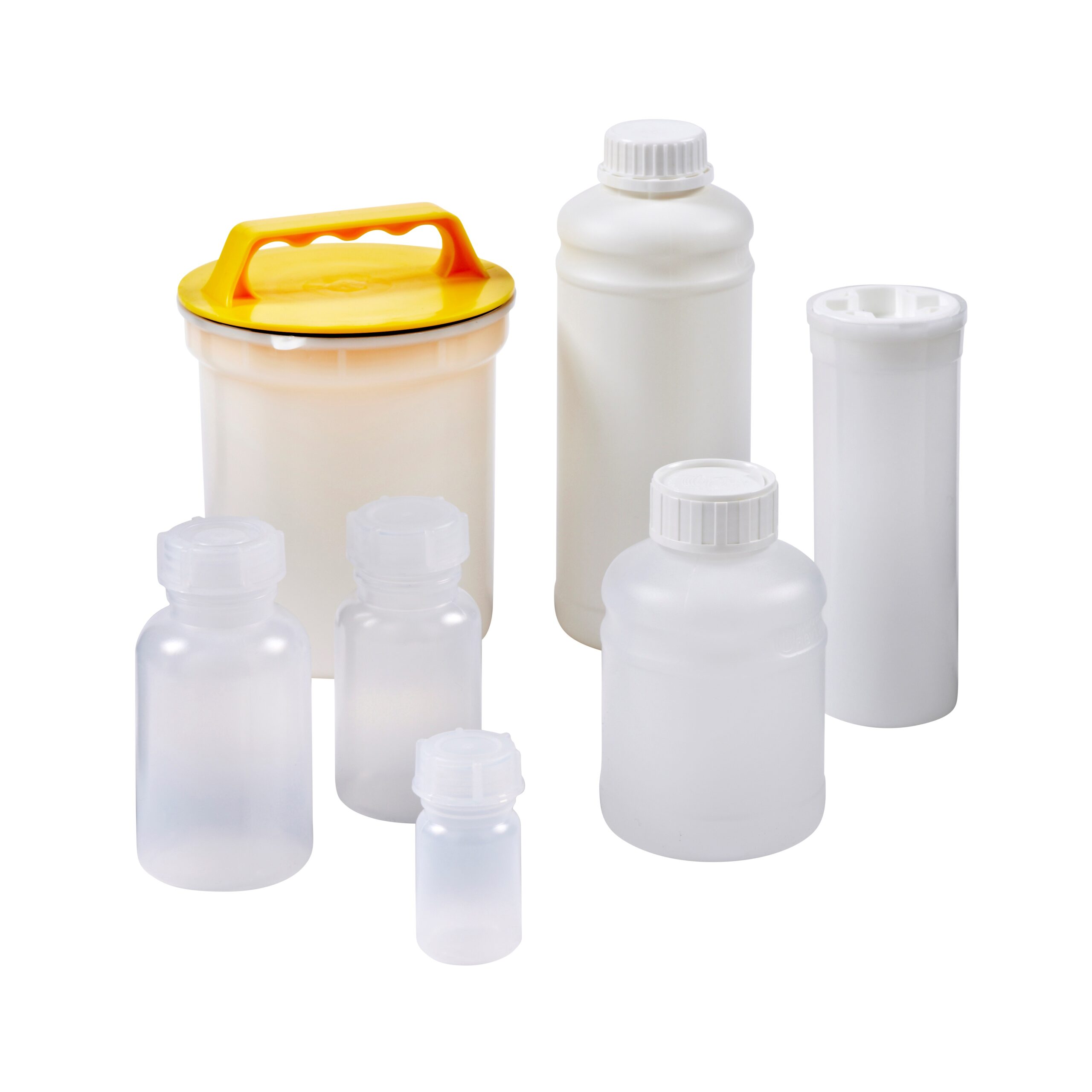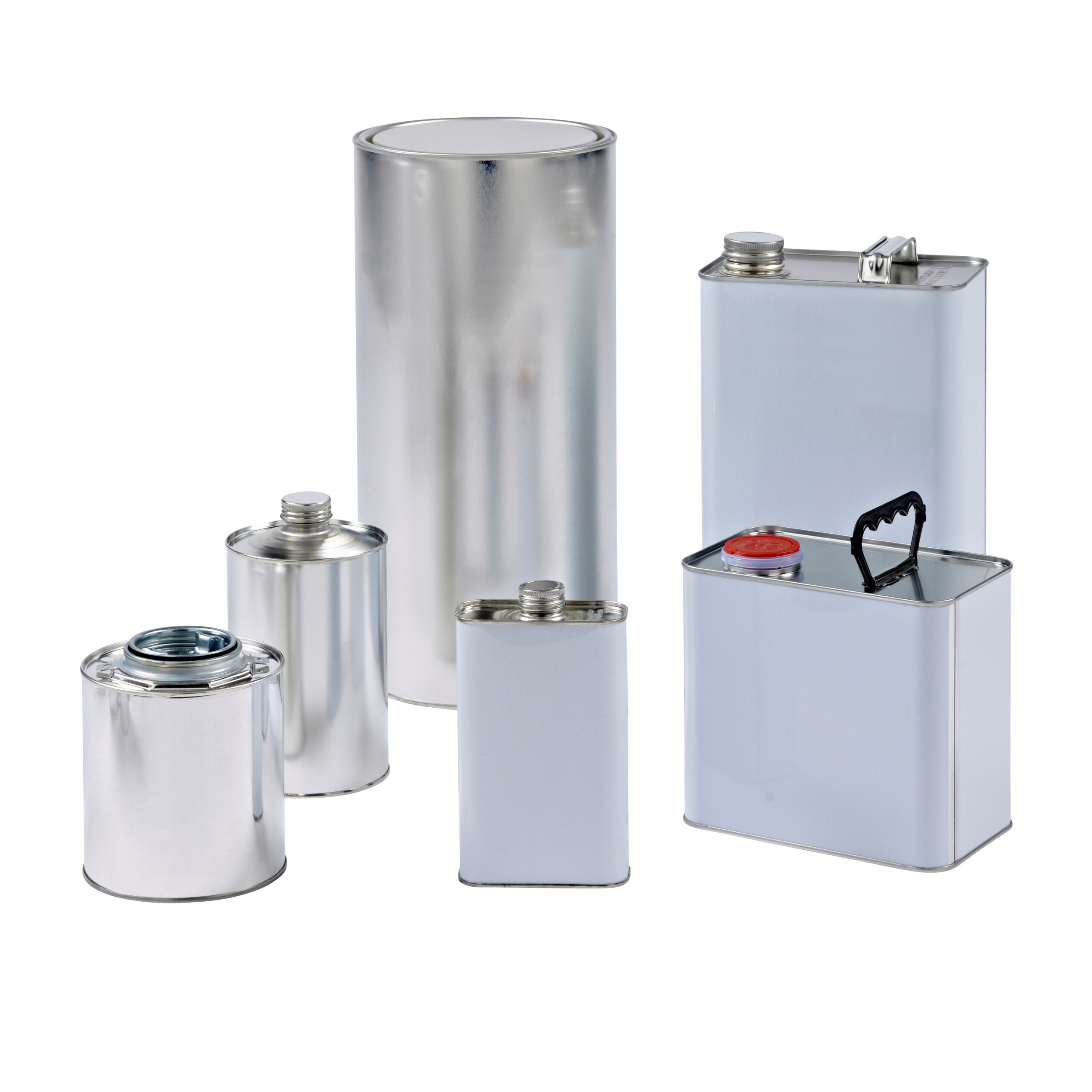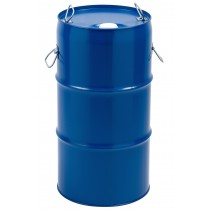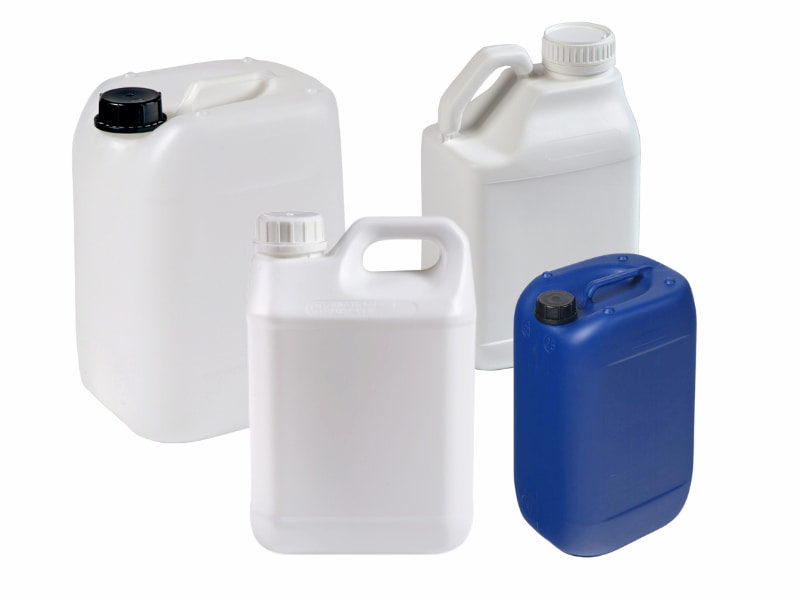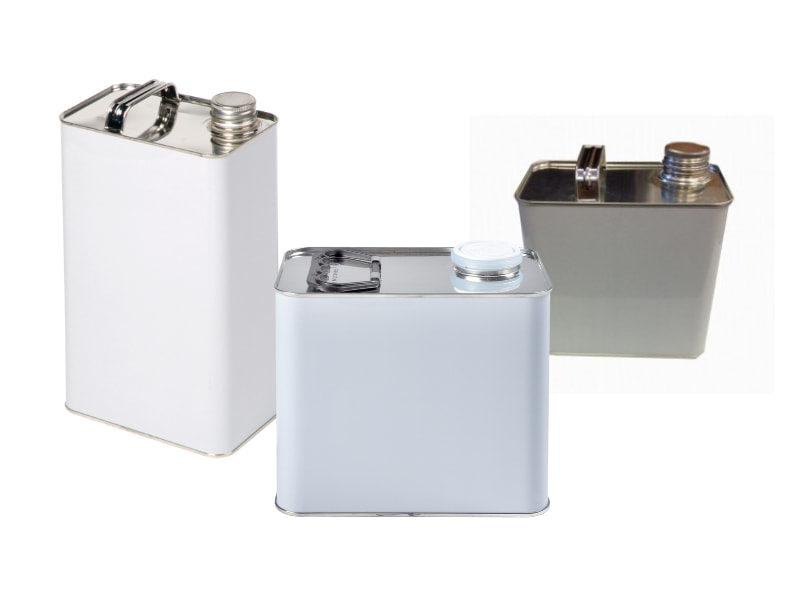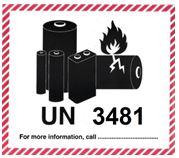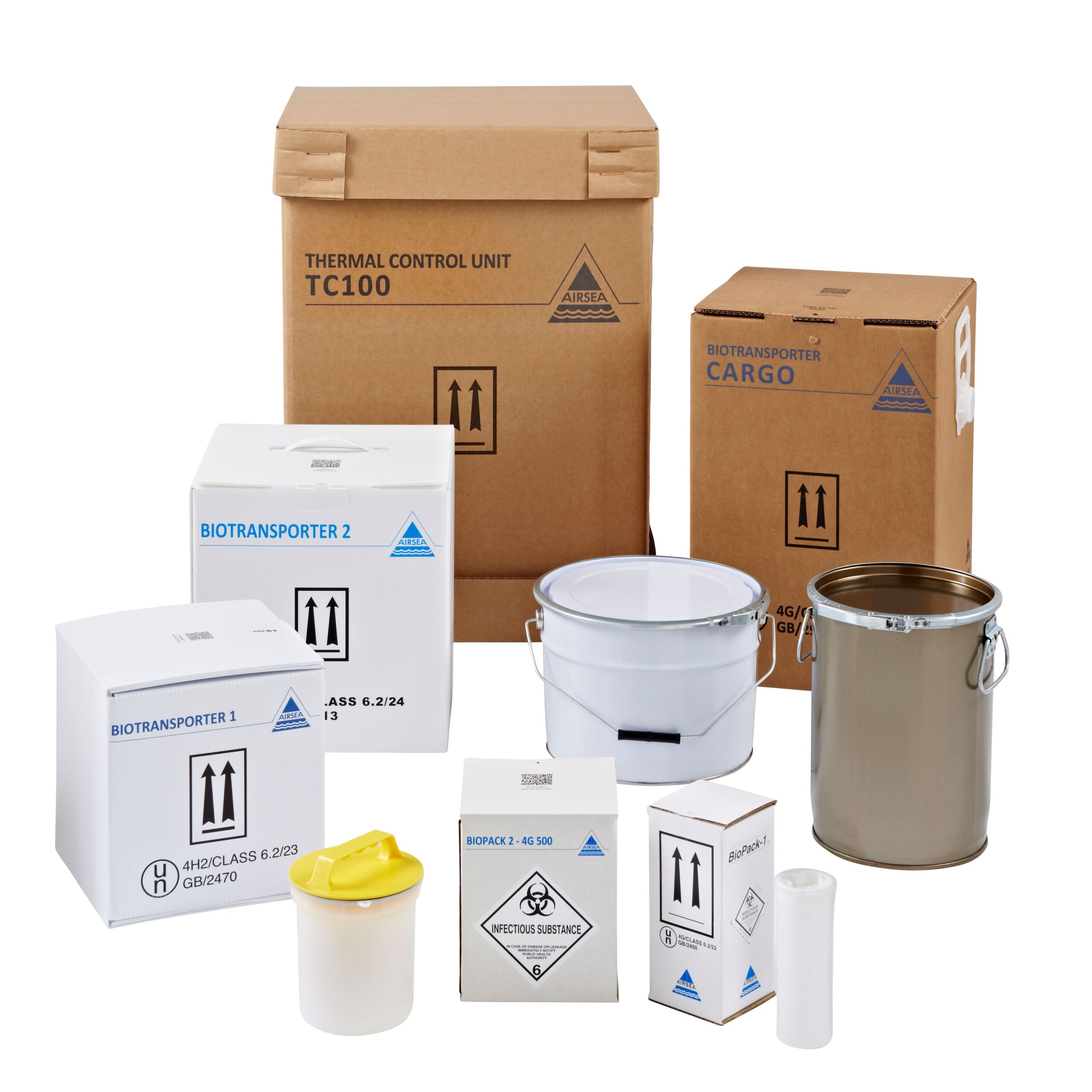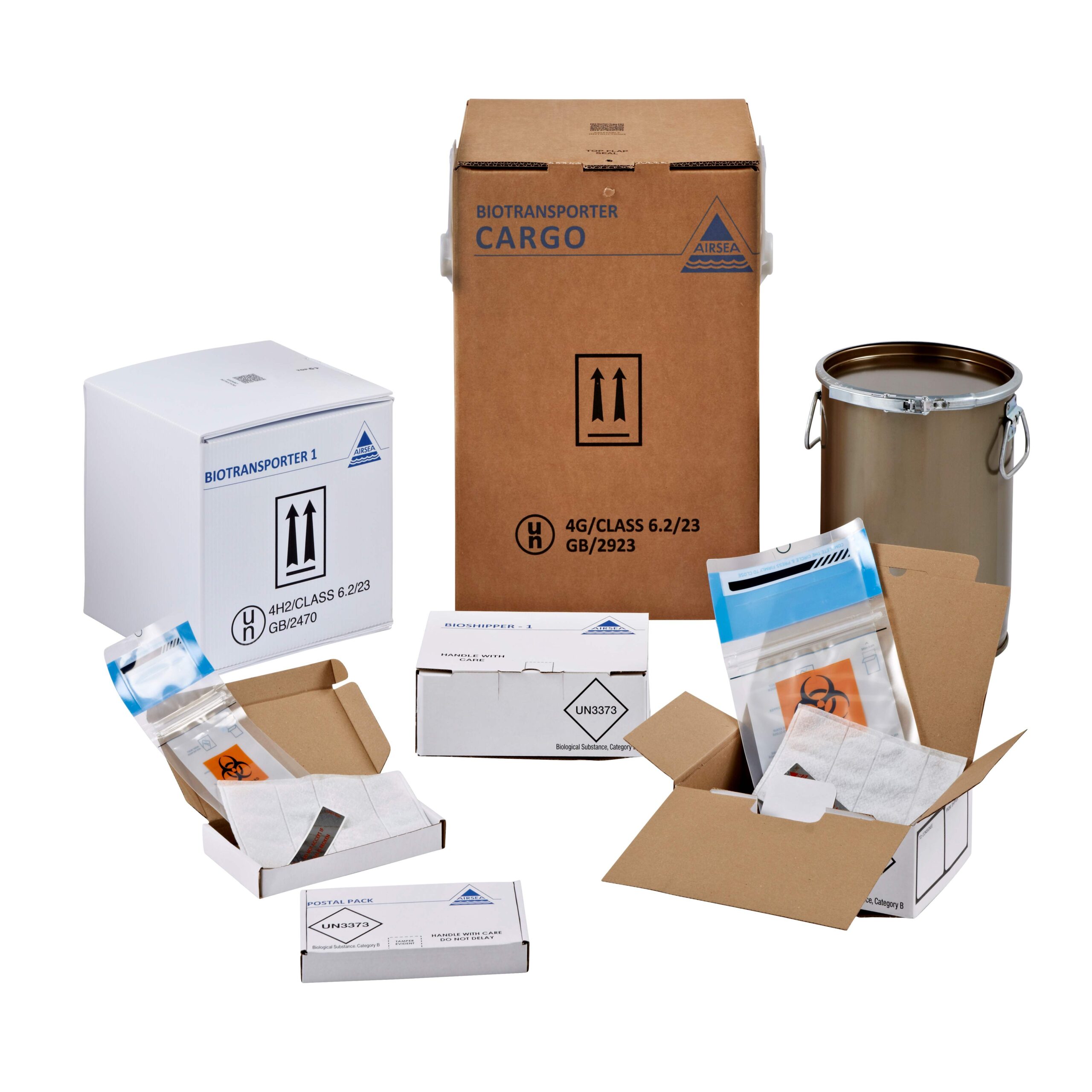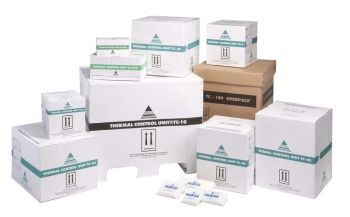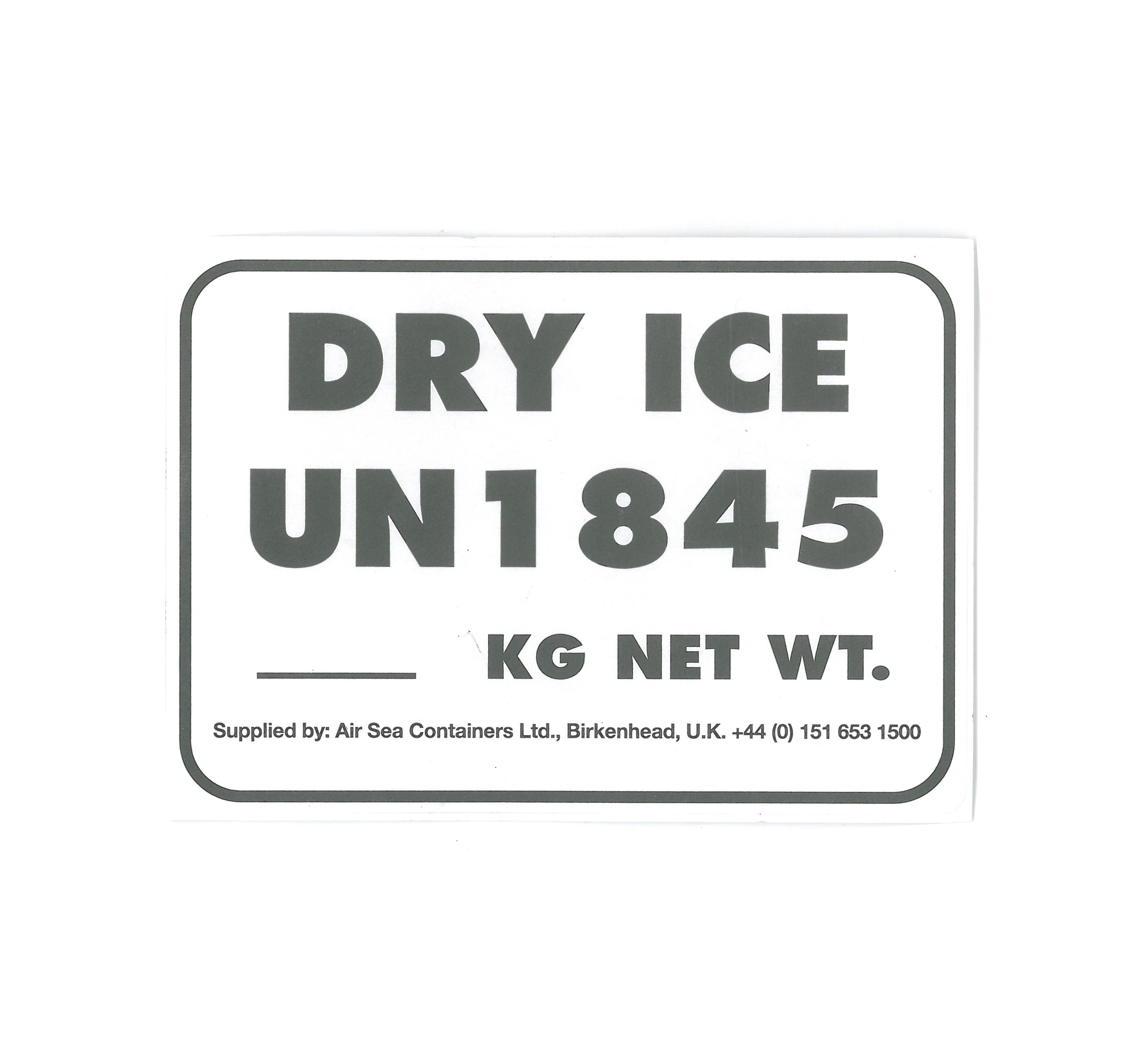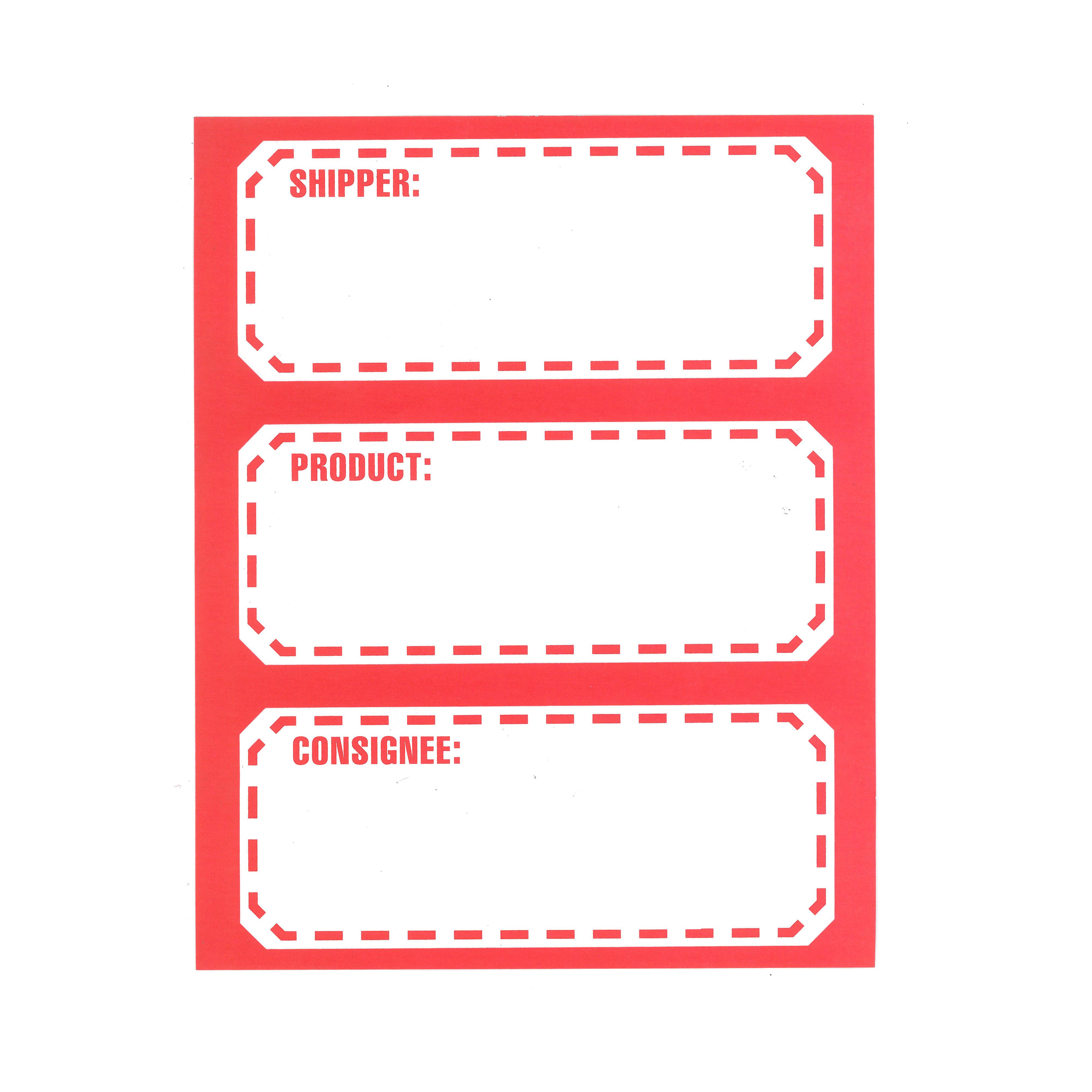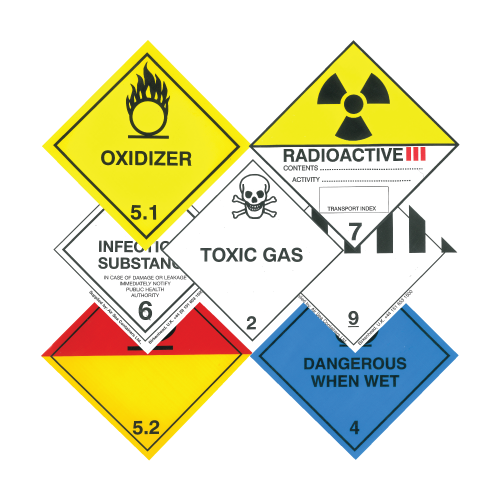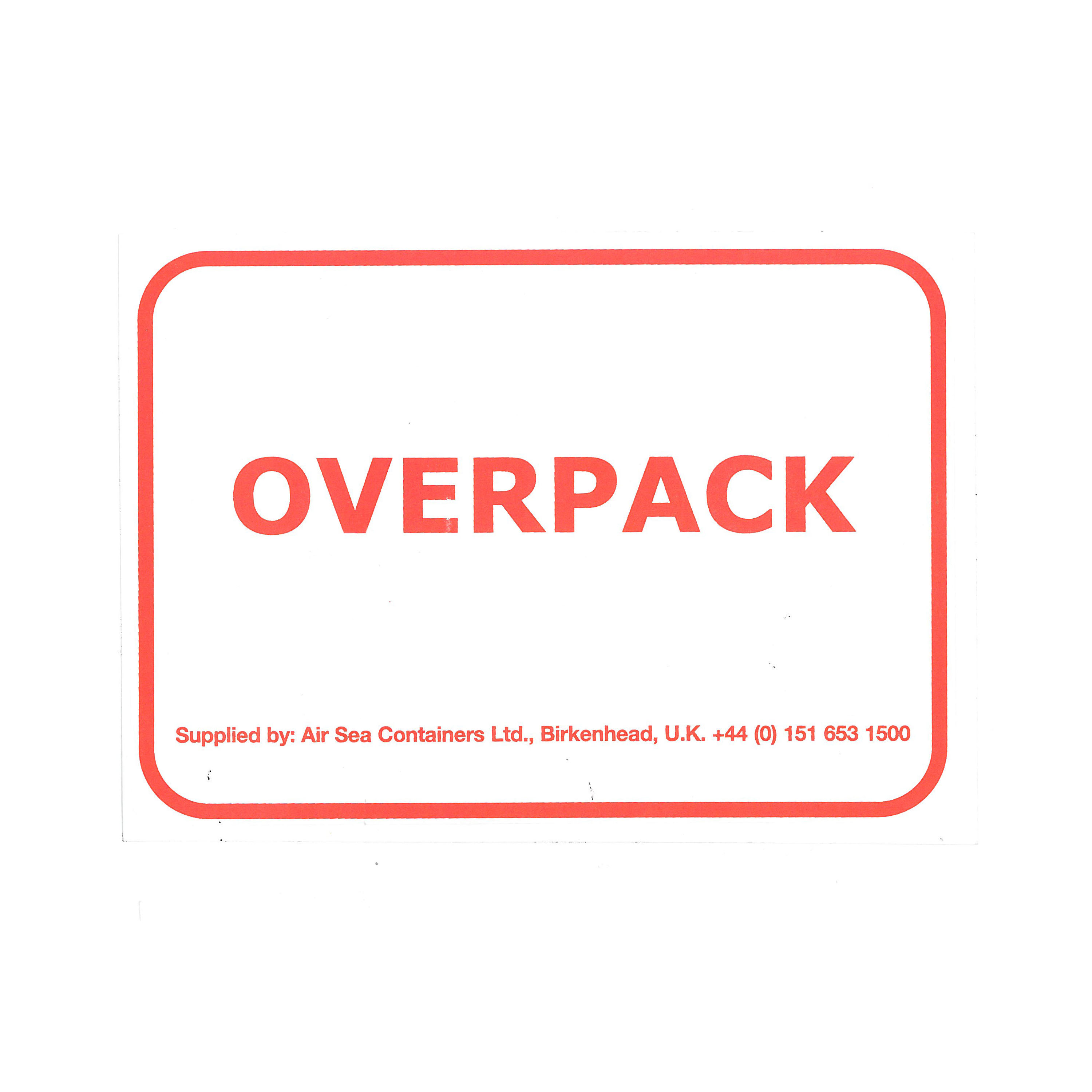Properties of Vermiculite
Vermiculite is the geological name given to a group of hydrated laminar minerals which are aluminum-iron-magnesium silicates.
It is a silver-gold to gray-brown mineral that is flat and shiny in its natural state. However, vermiculite undergoes significant expansion when subject to elevated temperatures, the raw material exfoliates, leaving a lightweight, inert aggregate. This expanded form has low thermal conductivity, low heat capacity and high thermal insulation properties, it is incombustible, *chemical resistant, odorless, and provides a high level of absorbency and cushioning, making it a great solution for shippers as a hazardous goods packaging material.
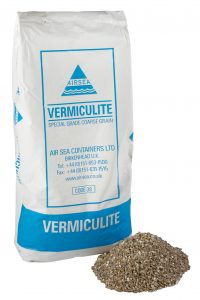
What is Vermiculite used for?
Not only is exfoliated vermiculite in its loose fill form ideal for use as cushioning in HazMat Packaging, it has many other usages. Common commercial examples include, for use in explosives storage as a blast mitigant, in fire protection, for refractory and high temperature insulation, as loose fill insulation, for horticultural potting mixes, soil-less growing medium, seed generation, soil conditioner, in acoustic panels, fireproofing of structural steel and pipes and in brake linings due to its thermal resistance.
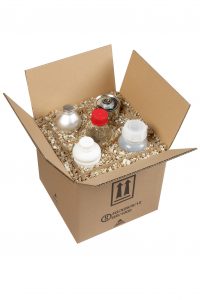
Features and Benefits of vermiculite
In terms of usage with Dangerous Goods Packaging, vermiculite in its loose fill form is compressible so is excellent as a cushioning material, used for filling voids around articles or inner packaging it sufficiently protects them from damage during transport. As vermiculite is resistant to fire, it is an ideal cushioning material for lithium batteries, explosives and flammable liquids or solids. Known for its absorbent properties, vermiculite can also be used as an alternative to absorbent sheets and can act as an absorbent material when transporting liquids.
Is Vermiculite safe to use?
Yes, vermiculite itself is safe to use. In the past there have been stories about vermiculite containing asbestos. This case has been thoroughly investigated and has been associated with one specific vermiculite deposit, where naturally occurring asbestos minerals developed alongside the vermiculite. When the vermiculite was mined, some asbestos minerals contaminated the vermiculite. These asbestos minerals are called Libby Amphibole Asbestos (LAA). This mine, located in Libby, Montana was closed in 1990. Since, all vermiculite producers as a precaution test vermiculite for the absence of asbestos to ensure it is safe to use.
Alternatives to Vermiculite
For those who work in a clean room environment, alternative cushioning is available for example biodegradable loose fill chips. These white odorless chips are a light-weight, dust-free alternative to vermiculite and provide high level shock and impact protection to inner packagings during transport.
The biodegradable loose fill is made from corn starch and unlike other loose fills on the market is 100% compostable and provides better all-round protection than polystyrene loose fill.
For more information about vermiculite or any other packaging material, please contact us and one of our technical experts will be happy to help.
*Vermiculite is chemical resistant /non-reactive to almost all chemicals, however, it is the shippers responsibility to check compatibility of the substance and packaging materials used.
 US
US

